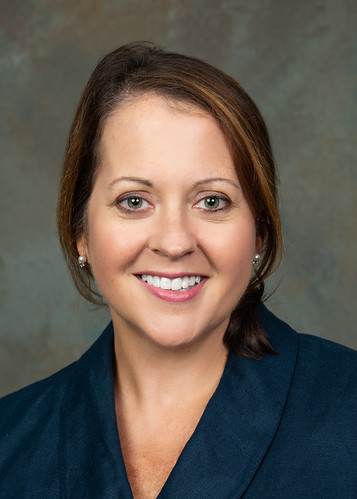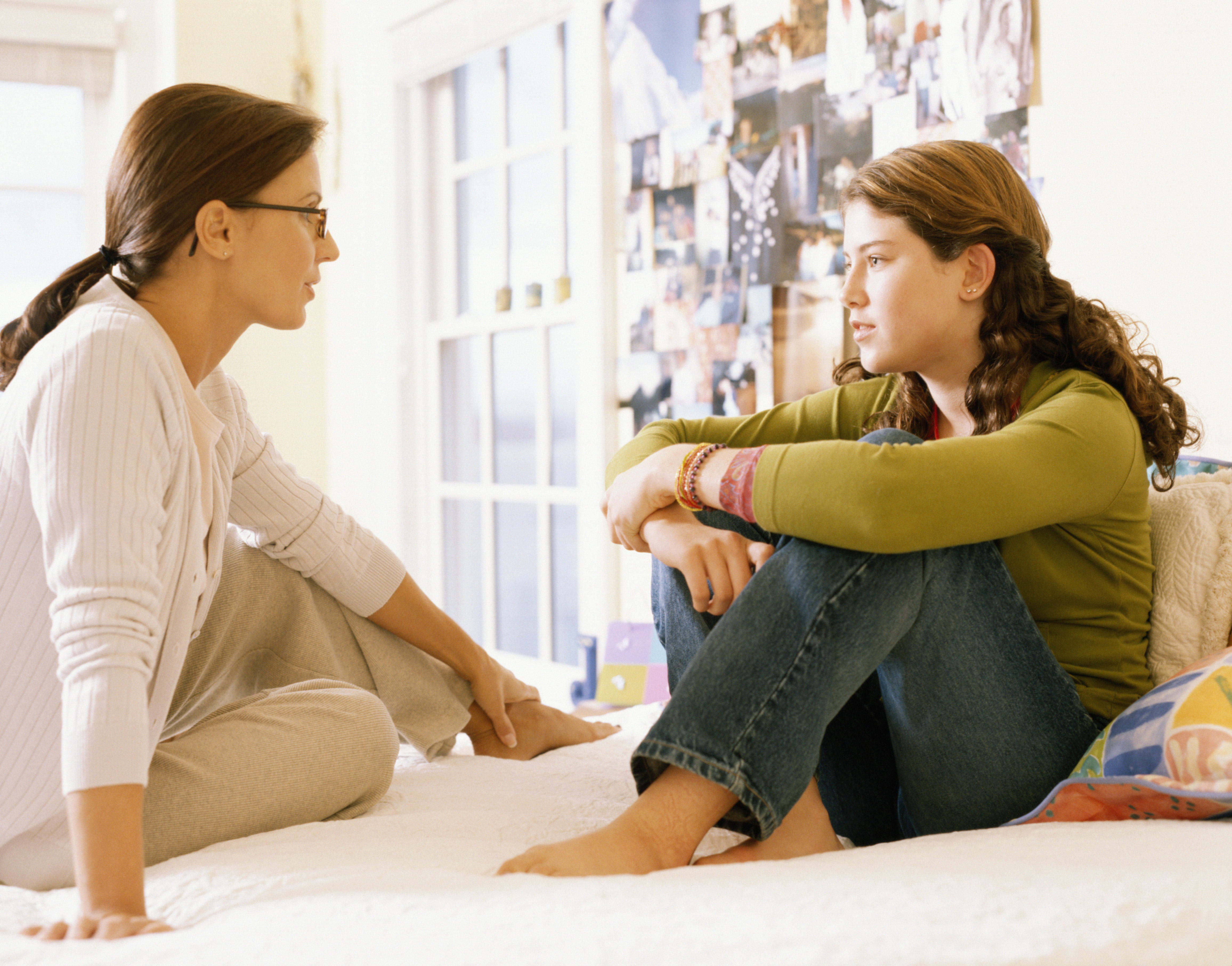Recognizing and comforting COVID-19 related anxiety in children and adolescents
Article body
Assistant Clinical Professor Erica Kierce and Associate Professor Linda Gibson-Young from the Auburn University School of Nursing offer advice on dealing with anxiety during the COVID-19 pandemic.
Change is coming rapidly. Daily news updates, social media posts and closures of public spaces have everyone feeling a little uncertain about what to expect. Adults across the nation are learning about COVID-19 or coronavirus and adapting to these changes, but how can we help children during this pandemic?
Many children are accustomed to the structure and daily routine provided by schools and child-care facilities. In Alabama, these spaces are now closed. This disruption to normal routines can be experienced as stressful and unpredictable for many children. Children and adolescents instinctively look to their parents or guardians for reassurance and to gauge the severity of a situation. The most important thing we can do is remain calm when discussing changes and uncertainties related to COVID-19. Our children reflect back the anxiety they see on our faces.
Some parents are unsure what or how much to tell their children about COVID-19. Regardless of if we talk to them directly or not, children are listening. They cannot confront a fear they can’t process. Children should receive age-appropriate information about COVID-19 and the changes coming their way. Information should be helpful and factual, but focus on aspects the child can have some sense of control over.
Could you breakdown specific information by child age?
Preschool (age 3-5 years): Teaching about COVID-19 can be limited to general instruction about germs. Teach good hand washing and encourage covering coughs and sneezes with their elbows. Encourage them to wave instead of hug.
Middle childhood (6-11 years): Depending on the age and interest of the child, teaching about COVID-19 should be similar to teaching about other viruses. Good hand washing and covering coughs and sneezes should be practiced and reinforced. Children in this age group are starting to really value friendships and think more about others. Social distancing may be met with resistance. Consider discussing why we are keeping distance—to keep others safe—and what we can do for others—such as dropping off groceries, resisting the temptation to hoard so that others have enough and staying home.
Young teens (12-14 years): This age group is more able to discuss complex issues related to COVID-19. While they do not necessarily need to know the death count from the virus, they can begin to appreciate the seriousness of the situation. Basic information about the virus, how it is spread, measures to reduce the spread and things they can do to protect themselves and others should be discussed.
Teenagers (15-17 years): This age group benefits from direct, factual, timely information. Teach children in this age group the same content as younger teens, but this age is well-suited for discussions about how our actions affect others, who is most at risk, how the virus can progress and how to avoid modifiable risk factors. For seniors missing big, much anticipated events, allow them space to grieve and talk about what these changes mean for them socially and emotionally. Consider frequent online video-conferencing with their peers during this season. Address concerns about how these changes will affect their academic progression. If you do not know, tell them you do not know. Share updates from credible sources—not social media—with them and look for opportunities to learn together.
What advice do you have for talking about COVID-19 with children and youth?
-
Open conversation with children regarding their feelings. Ask what they are thinking about with coronavirus or school closure. Ask them what questions or concerns they have about recent changes. Do not offer new concerns for them, address the ones they bring up.
-
Tell children and adolescents that emotions like anxiety, stress and anger are normal. Share with them some of what you are feeling as well. Consider a journal or artwork to allow children to express emotions.
-
For younger children, doing an activity together while talking creates an environment that is more comfortable for discussing tough topics than a formal conversation.
-
Children generally do not have the vocabulary to express anxiety. Listen to and look for psychical symptoms of anxiety such as headaches, nausea or trouble falling asleep. If you notice these things, ask what has been on their mind, but also practice skills for stress reduction or relaxation with them.
-
Children and adolescents may also regress in development when stressed. They may exhibit behavior from a younger age or earlier stage. When appropriate, allow these additional comfort measures. For example, they may ask to sleep with a lovey, be held more or keep a light on when they had not recently needed these things.
-
Comfort children and adolescents so they understand the family is in this together. Plan family activities together that are unrelated to COVID-19.
-
Maintain open communication throughout the next few weeks. Check in with each other frequently. Be a “safe space” for children to bring up questions or concerns. When they do, put the phone down, hear them and answer them the best that you can.
-
Consider additional ways to remain in contact with friends or family: e-mail, writing letters, FaceTime, etc. Especially for older adolescents in the home.
What can we do as families to reduce the spread of COVID-19?
-
Get children into the hand washing habit with soap and water for at least 20 seconds. Teach them to sing a favorite song while they wash.
-
Remind children and adolescents to stay away from those who are coughing or sick.
-
If your child coughs or sneezes, remind proper technique with a tissue or into elbow. Throw tissues in trashcan. Wash hands immediately after.
-
Teach children to wave to friends instead of hug for this season.
-
Give children and adolescents information that is accurate, honest and developmentally appropriate.
-
Practice all of the things you encourage your children to do.
For more information, visit the Centers for Disease Control and Prevention: https://www.cdc.gov/coronavirus/2019-ncov/community/schools-childcare/talking-with-children.html
Auburn University is a nationally ranked land grant institution recognized for its commitment to world-class scholarship, interdisciplinary research with an elite, top-tier Carnegie R1 classification, life-changing outreach with Carnegie’s Community Engagement designation and an undergraduate education experience second to none. Auburn is home to more than 30,000 students, and its faculty and research partners collaborate to develop and deliver meaningful scholarship, science and technology-based advancements that meet pressing regional, national and global needs. Auburn’s commitment to active student engagement, professional success and public/private partnership drives a growing reputation for outreach and extension that delivers broad economic, health and societal impact.







